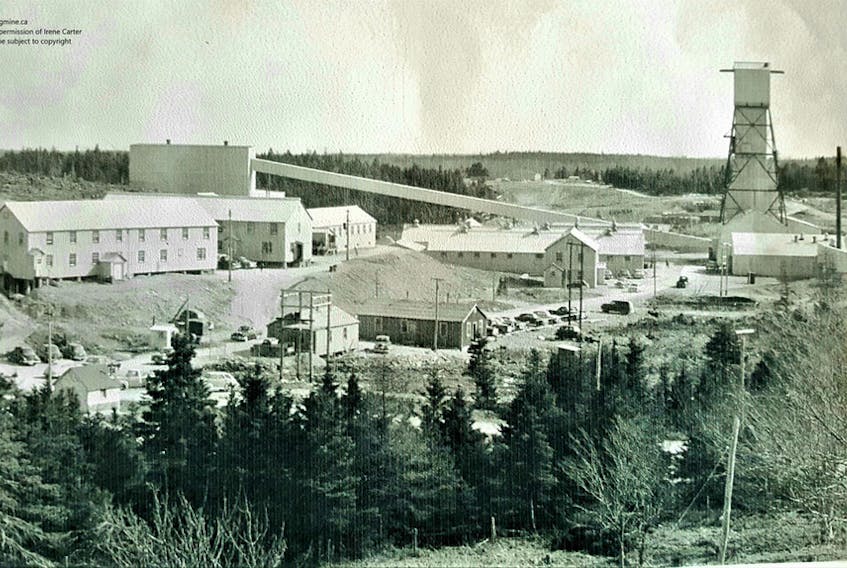GLACE BAY, N.S. — Cape Breton miners have long attested that going underground to unearth and retrieve nature’s bounty is no easy task.
But for Jeanette Strachan, digging deep into the history of a long forgotten Stirling Mine has become a labour of love.
The retired 62-year-old now resides in the former coal mining town of Glace Bay. Yet her curiosity over an abandoned Richmond County mine has persisted since her childhood in the community of Framboise.
“I was always interested in the mine — when I was a young girl I would go over to the mine on the way to the Stirling Lake where we swam,” said Strachan, whose family roots run deep into the rocky soil of the sparsely populated southern part of Cape Breton Island.
“And later in life I would visit there often and explore around the old foundations — I didn’t know much about the mine at that time but when I went there I often felt as if I was in a time warp because it was quiet even though there was once lot of activity occurring at the site.”

Strachan said she always wanted to learn more about the mining operation and its effect on the community and hoped to someday write about it. So about 18 months ago, she began her research in earnest. Her findings to date, including interviews and old photographs, are posted on the website she has dedicated to her lifelong obsession.
One of the things she learned was that many Cape Bretoners were unaware of the Stirling Mine that operated sporadically over a period of 30 years until it was finally closed just months before Strachan’s birth in 1957.
It all started in the 1890s when an ore deposit containing zinc, lead and copper was discovered in a small stream called Strachan’s Brook. Exploration work in the area continued on and off until 1925 when the Stirling Zinc Co. sank a shaft and constructed a mill.
But extracting the ore was difficult and the mine soon closed, only to be reopened in the mid-1930s when much of the ore was shipped out from Forchu. However, it closed again in 1938 and the equipment was dismantled and sent to Québec.
The mine’s final hurrah was in the 1950s after Dome Petroleum subsidiary Mindamar Metals pumped out the flooded shafts and restarted the operation. At its peak in 1954, it was estimated that as many as 400 people were employed. But by 1957 it was closed for good.
The Stirling Mine is long gone and mostly forgotten. But for Strachan, whose father Soutter worked in the mine and operated a Framboise gas station and garage, there’s no better time than the present to preserve the memories of the past.
“At first I thought it was going to be really hard to find people who had lived or worked there in the 1950s and I didn’t think I was going to have much success,” she said. “But once I started I was able to get several leads and I’ve conducted more than 20 interviews so far and collected close to 100 interesting old photographs.”

Strachan initially envisioned compiling her work into a book. However, she soon put the book idea on hold in favour of setting up a website to both display her research and to solicit more information.
And the amateur historian is convinced there are more Stirling Mine stories to be unearthed.
For example, Strachan said one little known fact is that at one time the downtown Sydney-based Spinner’s clothing store operated a satellite branch that miners and their families shopped at in Framboise.
And she said Glace Bay residents might be interested to learn that the glebe house adjacent to the former St. Leo’s Catholic Church in the Sterling was constructed from materials from the former Catholic Mission Church in Stirling.
As for the different spellings of the place name, Strachan believes the Richmond County settlement was named for Stirling, Scotland. Indeed, her own father, Soutter, who passed away at the age of 97 in 2010, was a proud and competent Gaelic speaker.
Alas, the Stirling Mine is no more. And, it never was, at least in the lifetime of Jeanette Strachan. But that’s not stopping her from further excavating the history and legacies of the now forgotten mining operation.









